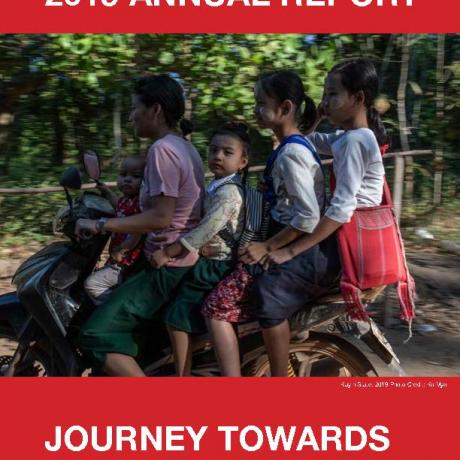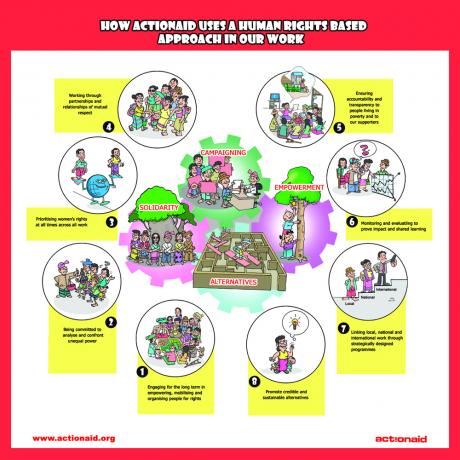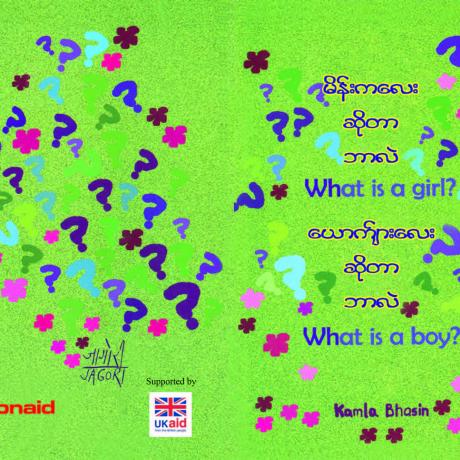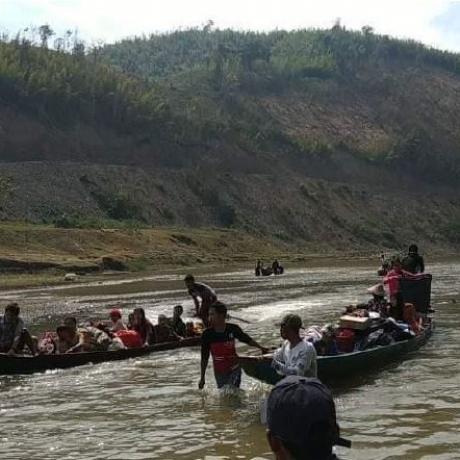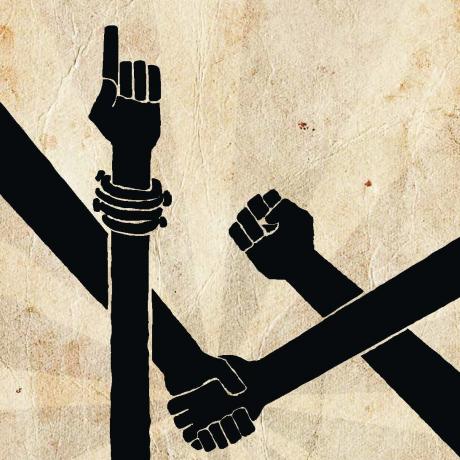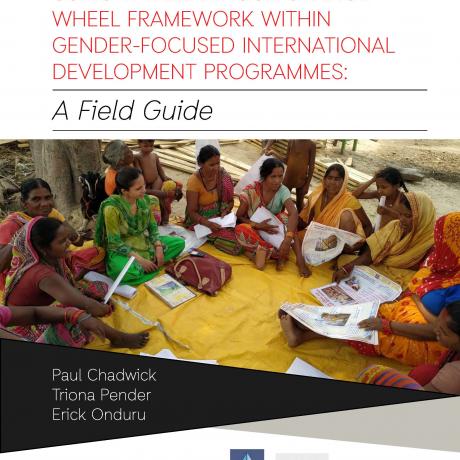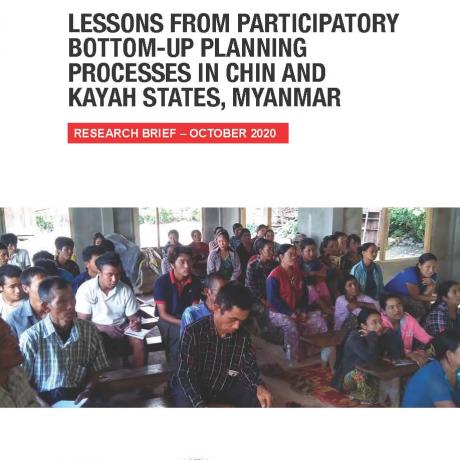Women’s Rights & Leadership in Humanitarian Action
ActionAid is a global justice organisation working with women to fight injustice and claim their human rights in 45 countries. ActionAid considers humanitarian crises as part of the cycle of rights
HRBA in Emergency
Providing relief in an emergency is not contrary to ActionAid’s HRBA. ActionAid sees immediate needs such as food, water and shelter as the basic rights of disaster-affected people. Addressing these
What is boy and girl?
Even after .50 years of Independence girls and women in India are considered second class human beings. The birth of a daughter is often not celebrated/ she is denied adequate love, care
Trapped between conflict and Covid-19, villagers from Southern Chin face one of Myanmar's worst food crisis
Paletwa township, Southern Chin, is currently one of Myanmar’s most conflict-affected areas, as it has become cut-off by the intense fighting. This has led to the displacement of over 8,000 people
ActionAid's Human Rights Based Approach (HRBA) Resource Book
This resource book reflects our rich experiences, approaches and practices of working for change within a HRBA. We do not have all the answers, and the resource book cannot address all aspects of our
ActionAid Behaviour Change Manual
This Behaviour Change Manual aims to provide information on how to design Women’s Rights programmes that encourage people to follow behaviours that are in line with gender equality. The Manual
Actionaid Myanmar Environmental Policy
This Environmental and Climate Change Policy aim to provide ActionAid Myanmar with a set of guiding principles and procedures that will encourage AAM’s programming to integrate ecological protection
Community Led Development in Kayah
This research examined the effectiveness of the Village Tract community based organisations (VTCBOs) in Kayah State. This is a bottom-up planning process that builds on power shifts and collective
Lessons from Participatory Botom Up Planning Process in Chin and Kayah States Myanmar
This Research Brief presents lessons on 5 years of bottom-up planning processes in Chin and Kayah States. The Brief presents evidence concerning governance work that has taken place in these two
